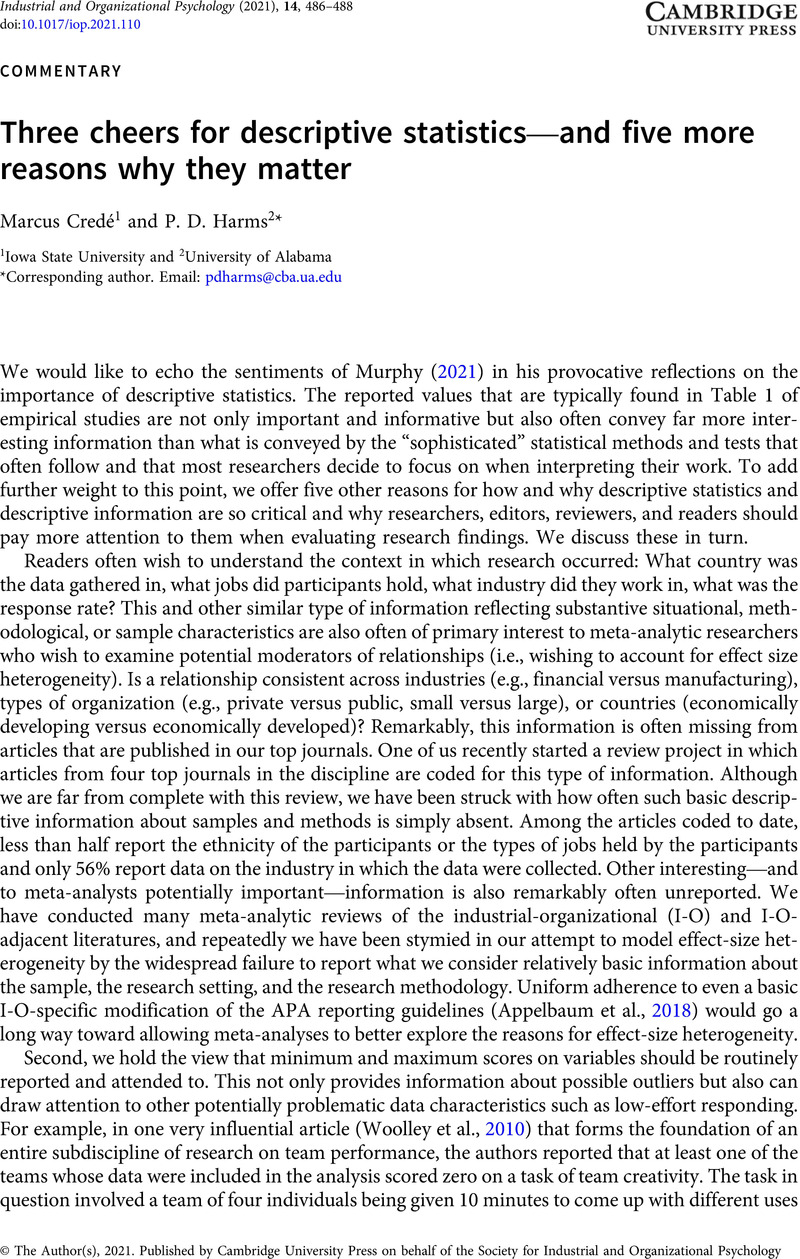Crossref Citations
This article has been cited by the following publications. This list is generated based on data provided by Crossref.
Kapoor, Sayash
Cantrell, Emily M.
Peng, Kenny
Pham, Thanh Hien
Bail, Christopher A.
Gundersen, Odd Erik
Hofman, Jake M.
Hullman, Jessica
Lones, Michael A.
Malik, Momin M.
Nanayakkara, Priyanka
Poldrack, Russell A.
Raji, Inioluwa Deborah
Roberts, Michael
Salganik, Matthew J.
Serra-Garcia, Marta
Stewart, Brandon M.
Vandewiele, Gilles
and
Narayanan, Arvind
2024.
REFORMS: Consensus-based Recommendations for Machine-learning-based Science.
Science Advances,
Vol. 10,
Issue. 18,





